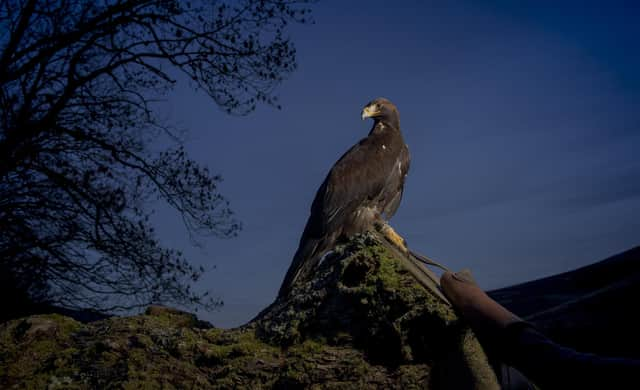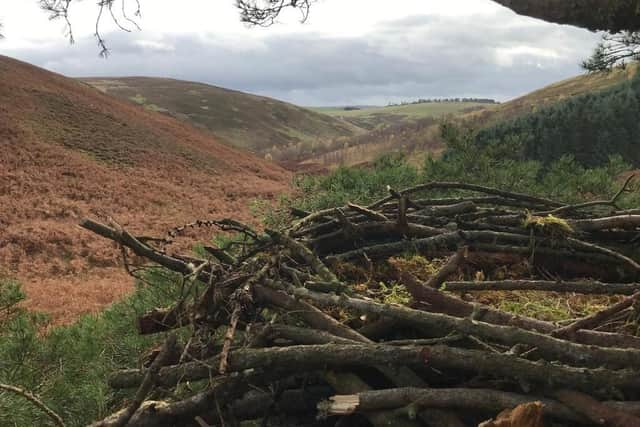Golden eagles on the comeback trail thanks to project backed by Duke of Northumberland estate


Burncastle Estate in the Scottish Borders has become the first estate to build two new artificial golden eagle eyries (nesting sites) as part of the South of Scotland Golden Eagle Project
Project manager Dr Cat Barlow said: “We’re incredibly grateful to Northumberland Estates for being the first to create these very welcoming, carefully constructed eyries.
Advertisement
Hide AdAdvertisement
Hide Ad“Golden eagles typically begin to breed at around three to four years of age, so this is a particularly crucial time for the birds we first released in 2018 to have plenty of places to settle.


"Before the project’s translocations began, we spent 11 years working with project partners and raptor experts to identify a significant number of areas where they could do this.
"After so many years it is fantastic to witness the eagles now doing just that and exploring long-empty historical ranges.”
Thanks to support from more than 17 privately-owned estates, the local population of golden eagles has increased to 38 – the highest number recorded for three centuries.
Advertisement
Hide AdAdvertisement
Hide AdThe Duke of Northumberland added: “We’ve been thrilled that the work of the project has led to golden eagles re-establishing a presence in the south of Scotland and it has been exciting to see these magnificent birds occupy a range close to Burncastle.
"The estate was very keen to play a part in helping the birds, and the opportunity to build the eyries on Burncastle will hopefully raise the prospects of new chicks being born in the future.”